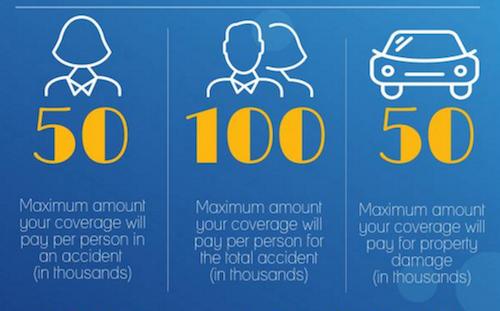
While minimum limits may provide the cheapest rate in the short term, they may not provide ample protection for what you value most - your family’s financial security. When your limits run out, you’re expected to pay what’s owed even if it has to come from current and future income.
The first number is the maximum amount your policy will pay per person in an accident. The second number is the maximum your policy will pay for the total accident. For example, if your limit is $100,000 and the cost of your accident is $105,000, you’ll have to pay the remaining $5,000.
Tripling your liability limits doesn’t mean you’re tripling your cost - it may only be a $50 difference. That’s not much considering what's at stake.
While $100,000 might sound like a lot, it doesn’t go very far if you’ve injured someone in an accident. Consider the costs of an ambulance ride, the hospital stay, necessary tests and recovery expenses. The rising cost of medical care means those limits will run out more quickly.
Consider the two scenarios on the right:
A person was in reverse, not drive, and backed over a friend. Their hospital stay and surgery cost over $135,000. Their liability limits were $100,000, leaving them with over $35,000 in out-of-pocket expenses.
A driver struck a pedestrian who suffered multiple breaks and a bruised intestine. They required surgery and a chemically induced coma. Their medical bills totaled $408,000. Their limits were $100,000, leaving them with thousands in out-of-pocket expenses.